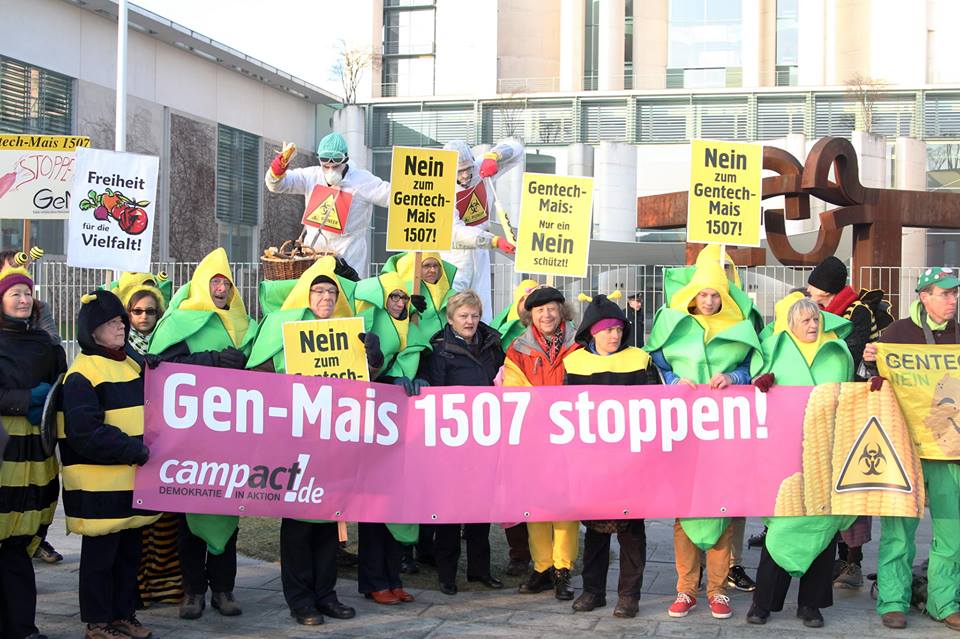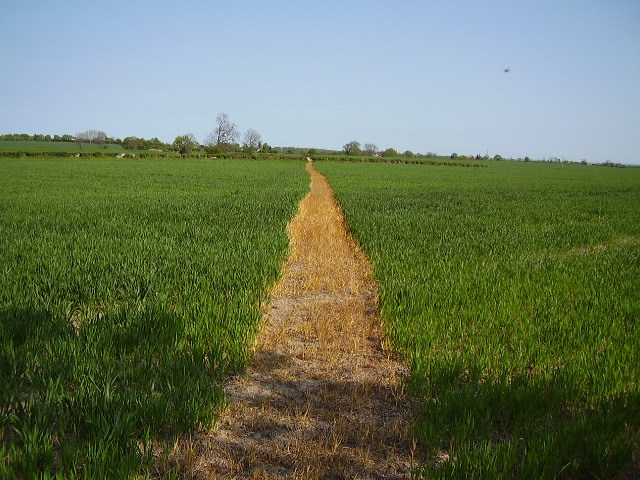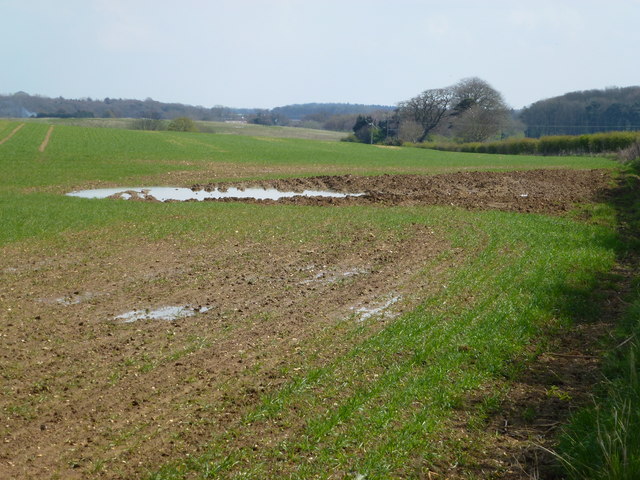EU policy on genetically-modified organisms (GMOs) for use in food and agriculture has been deadlocked for a number of years as member states, industry stakeholders and non-governmental organisations remain conflicted about the use of agricultural biotechnology. Three examples of the policy differences and contradictions that characterise this dossier include the following.
How to interpret cross-compliance
Tomás García Azcárate, who maintains a very useful blog on the CAP with links to his university course notes and a series of CAP capsules, recently paid me the compliment of discussing a comment I made in an article on CAP greening on the function of cross-compliance. My comment was that “… the strong political support for the view that direct payments are, in part, recognition of the costs that the society asks farmers to bear through cross compliance implicitly undermines the “polluter pays principle. If farmers who do not receive direct payments are not expected to observe cross compliance standards, then these do not form the environmental baseline”.… Read the rest
Incentivising soil carbon sequestration
Soil contains a huge amount of carbon, twice as much as in the atmosphere in the 0-30 cm layer alone. However, continuous cultivation over a long period has reduced stocks of soil organic carbon (SOC, which I will abbreviate here to soil carbon), often to dangerously low levels. The EU’s Joint Research Centre estimates that some 45% of the soils of Europe have a low or very low organic matter content (0-2% organic carbon). The main mechanism for soil carbon loss is associated with ploughing, due to increased decomposition of SOC due to soil aeration and soil aggregate destruction, increased aggregate turnover and a reduction in aggregate formation.… Read the rest



